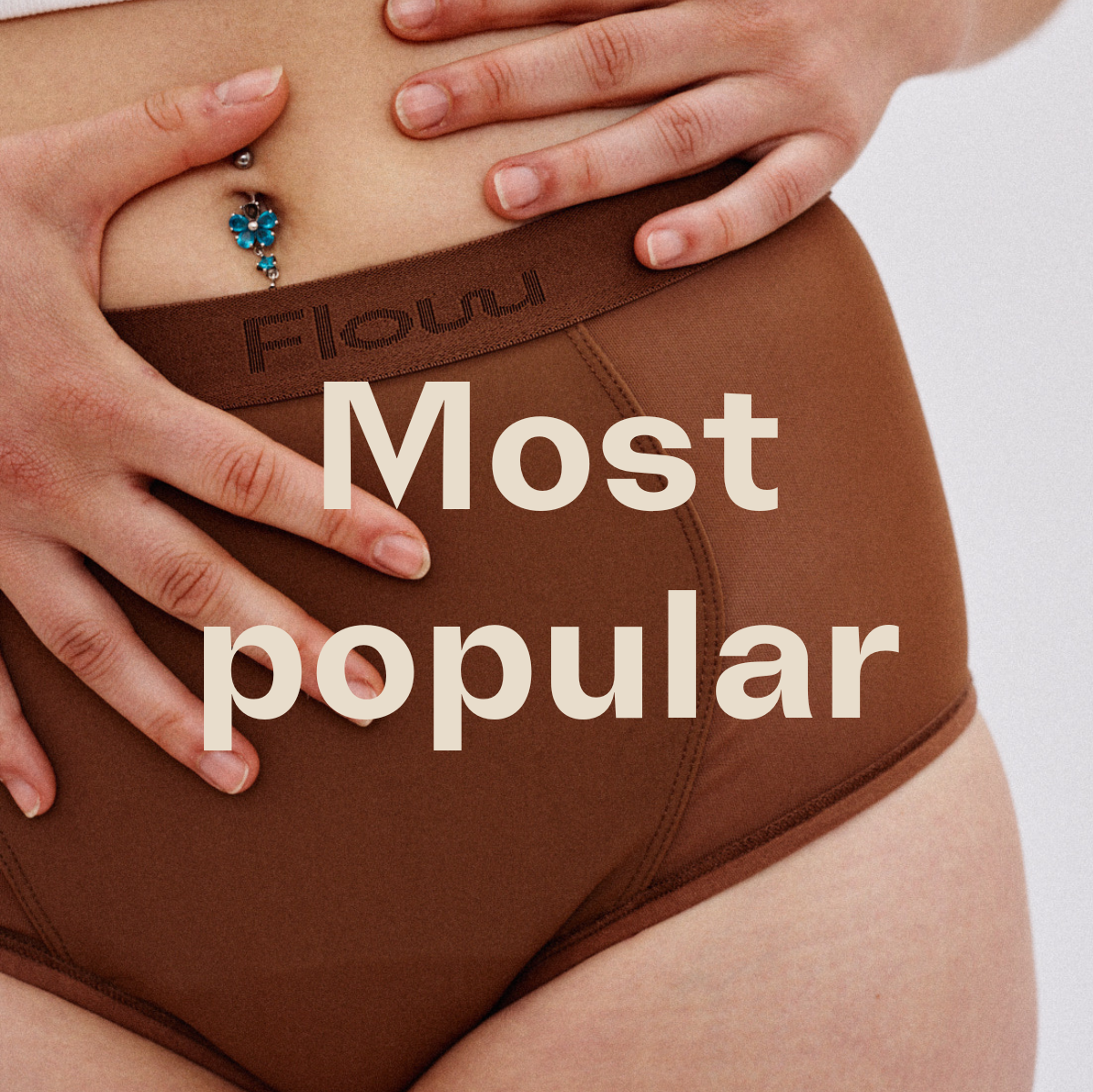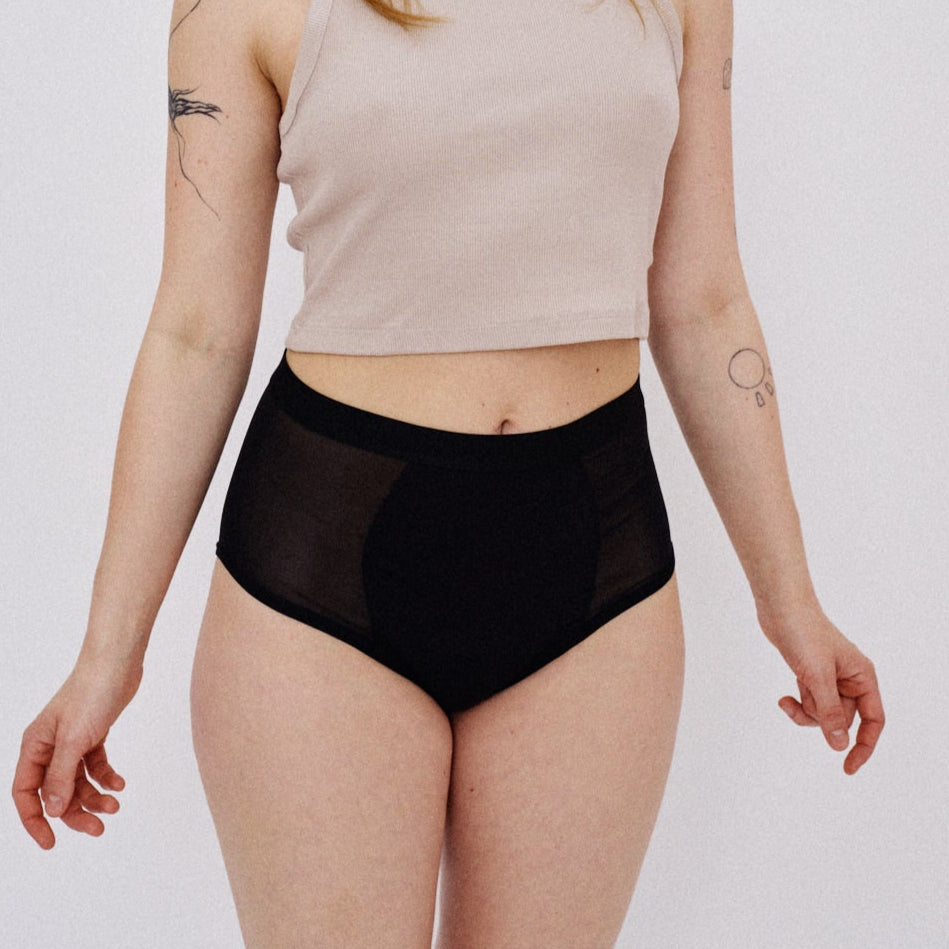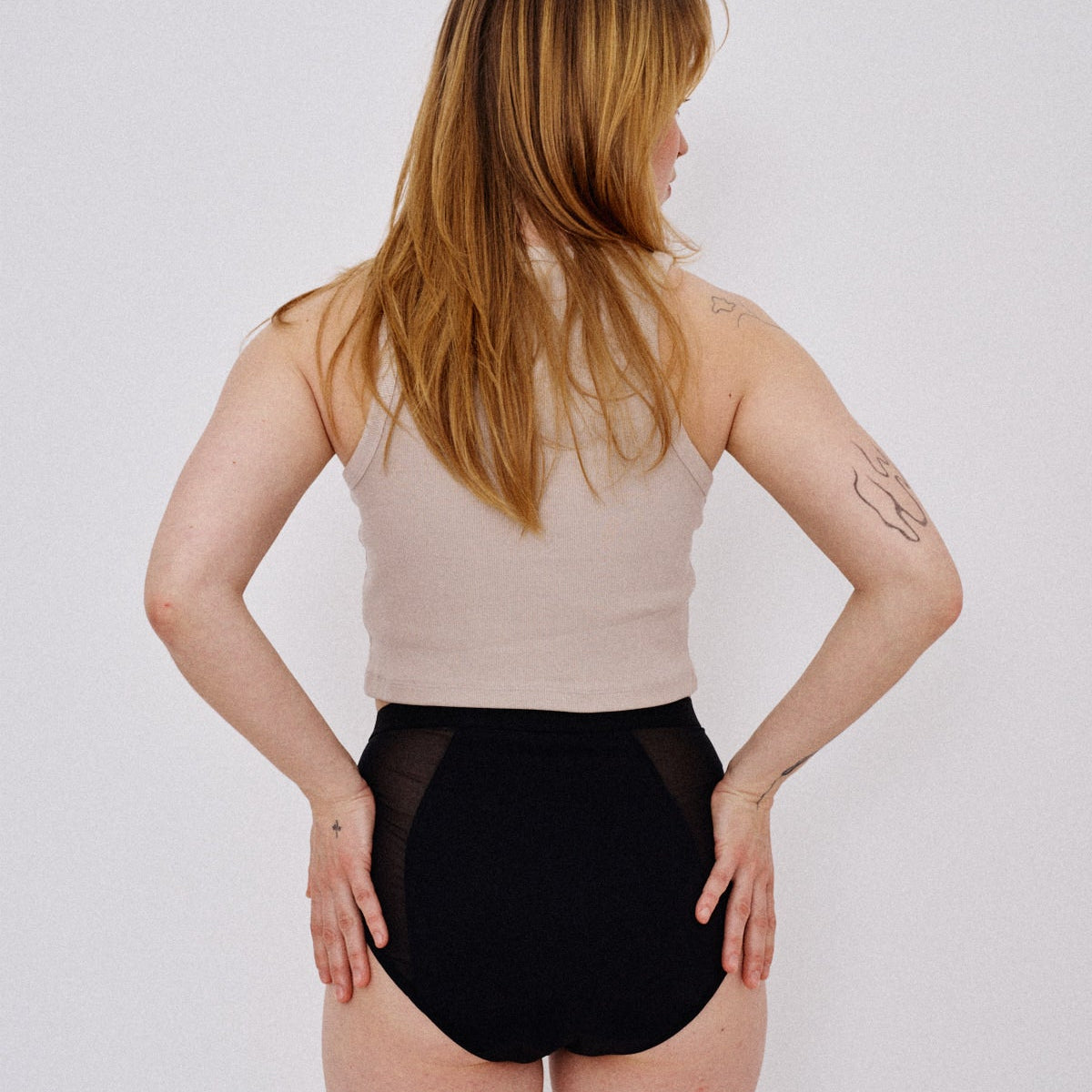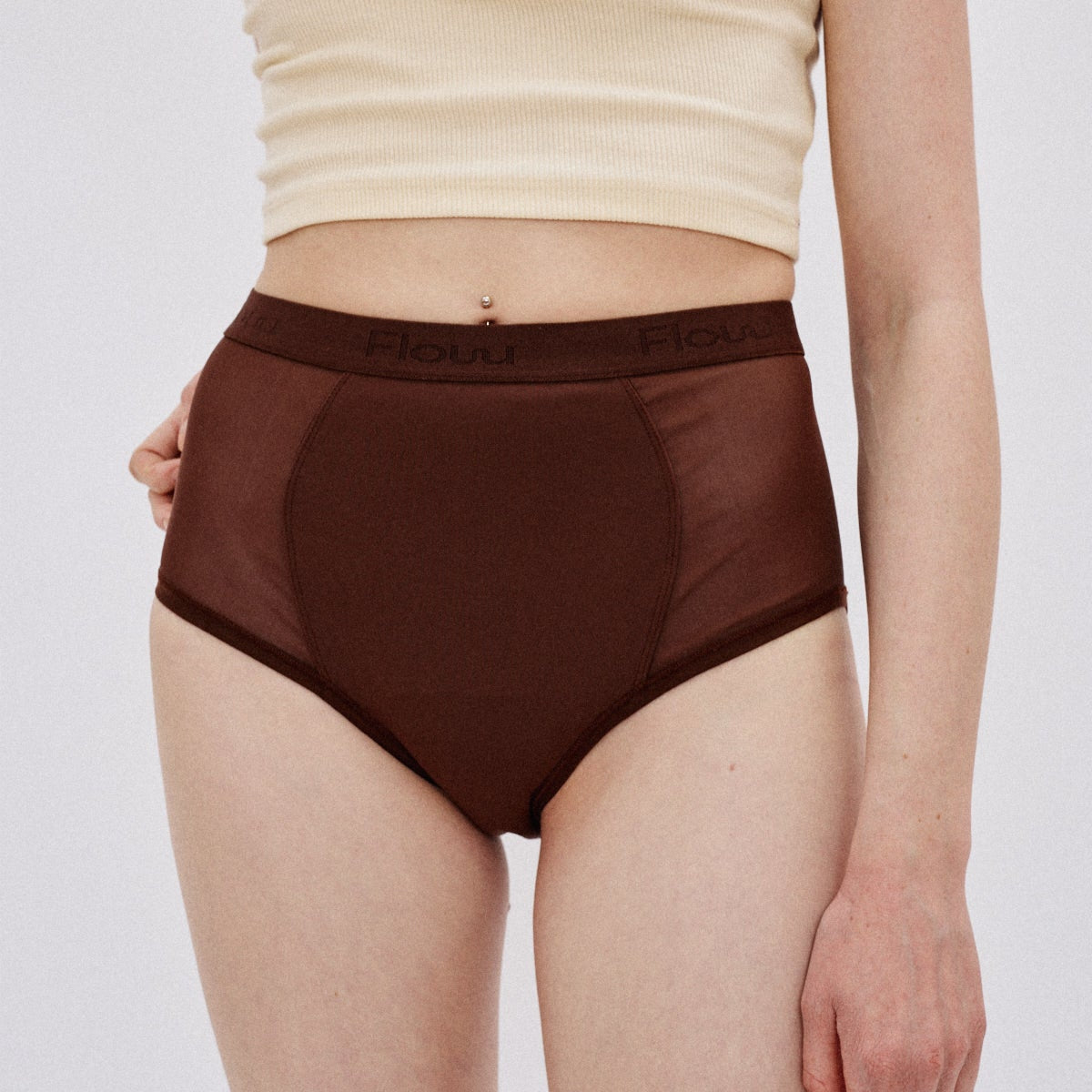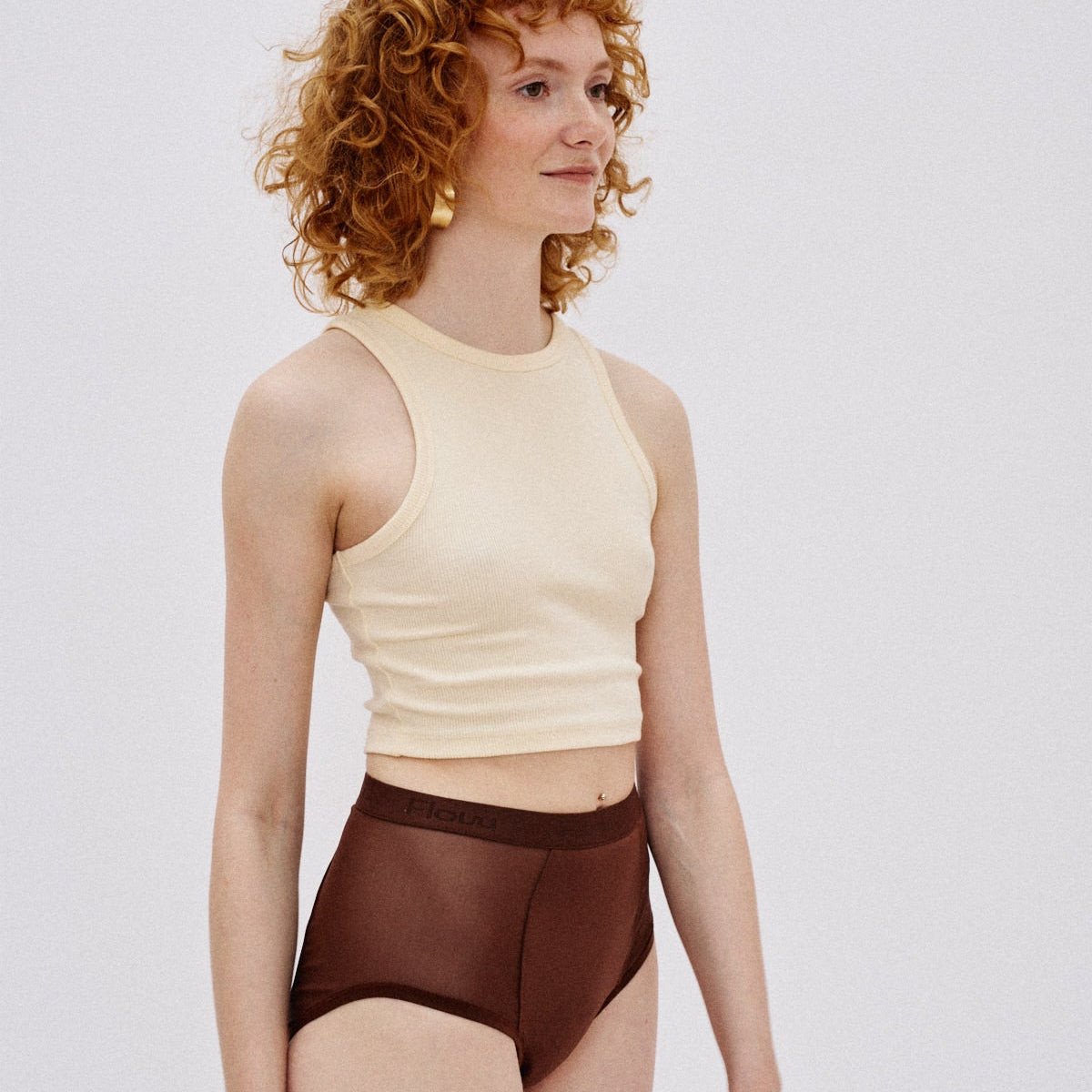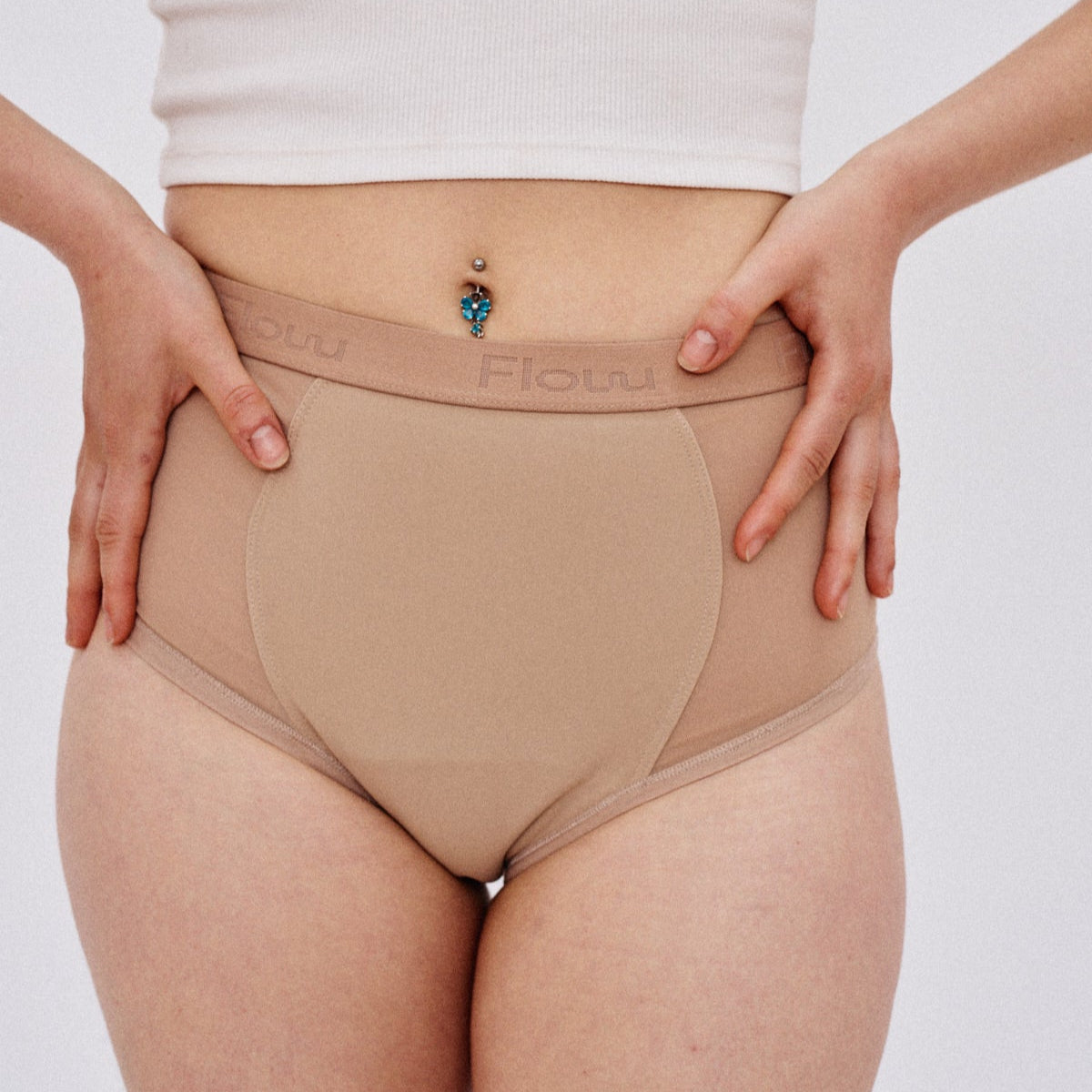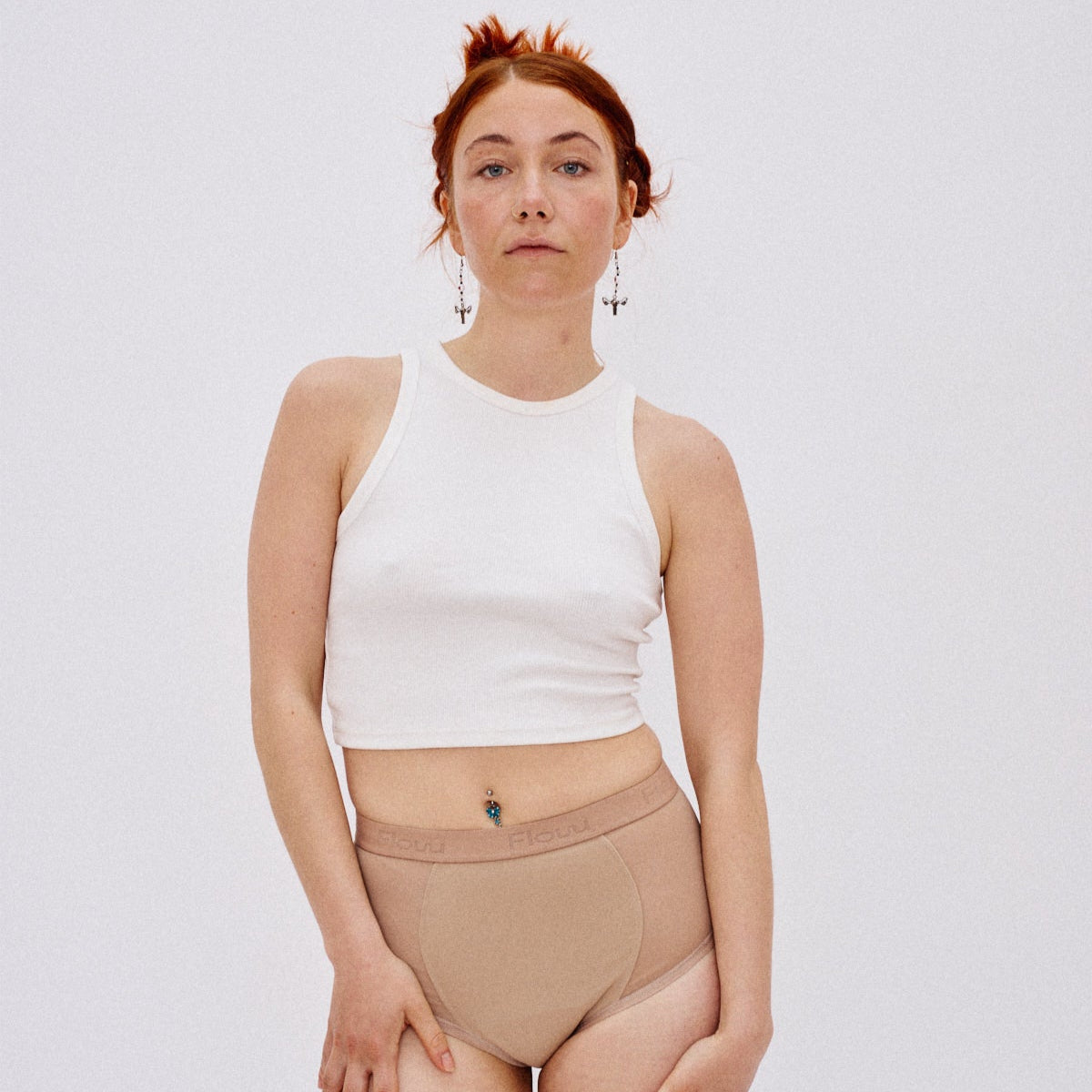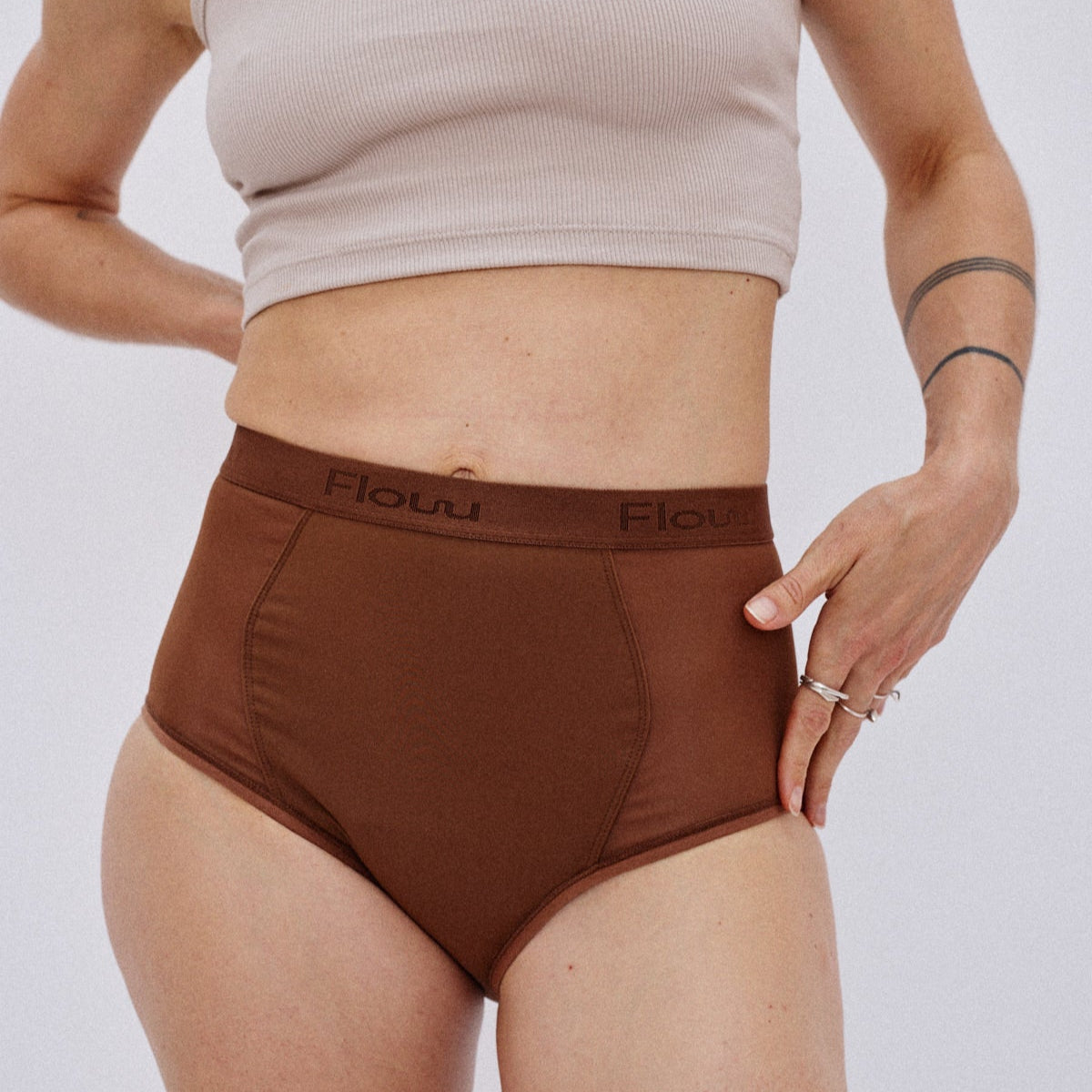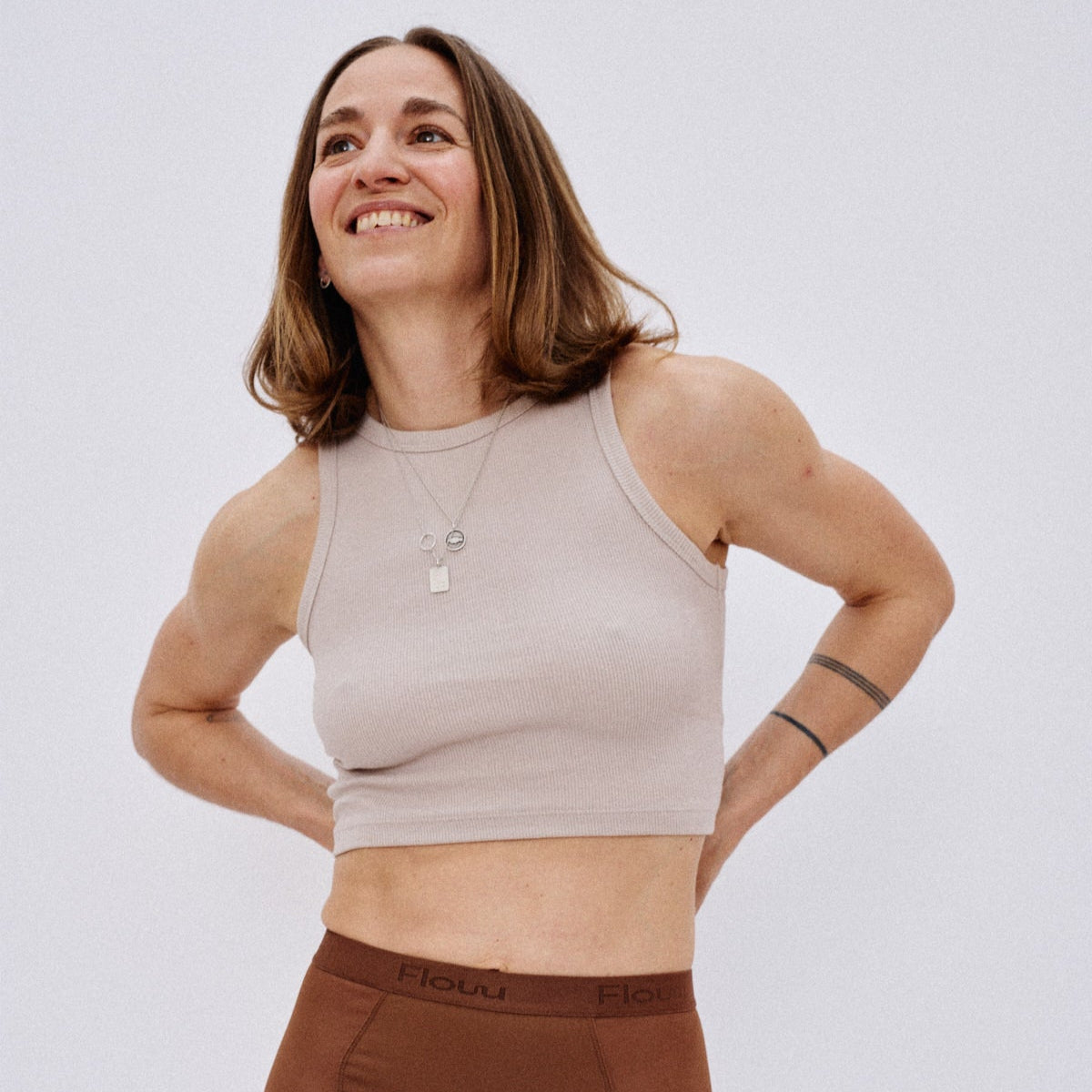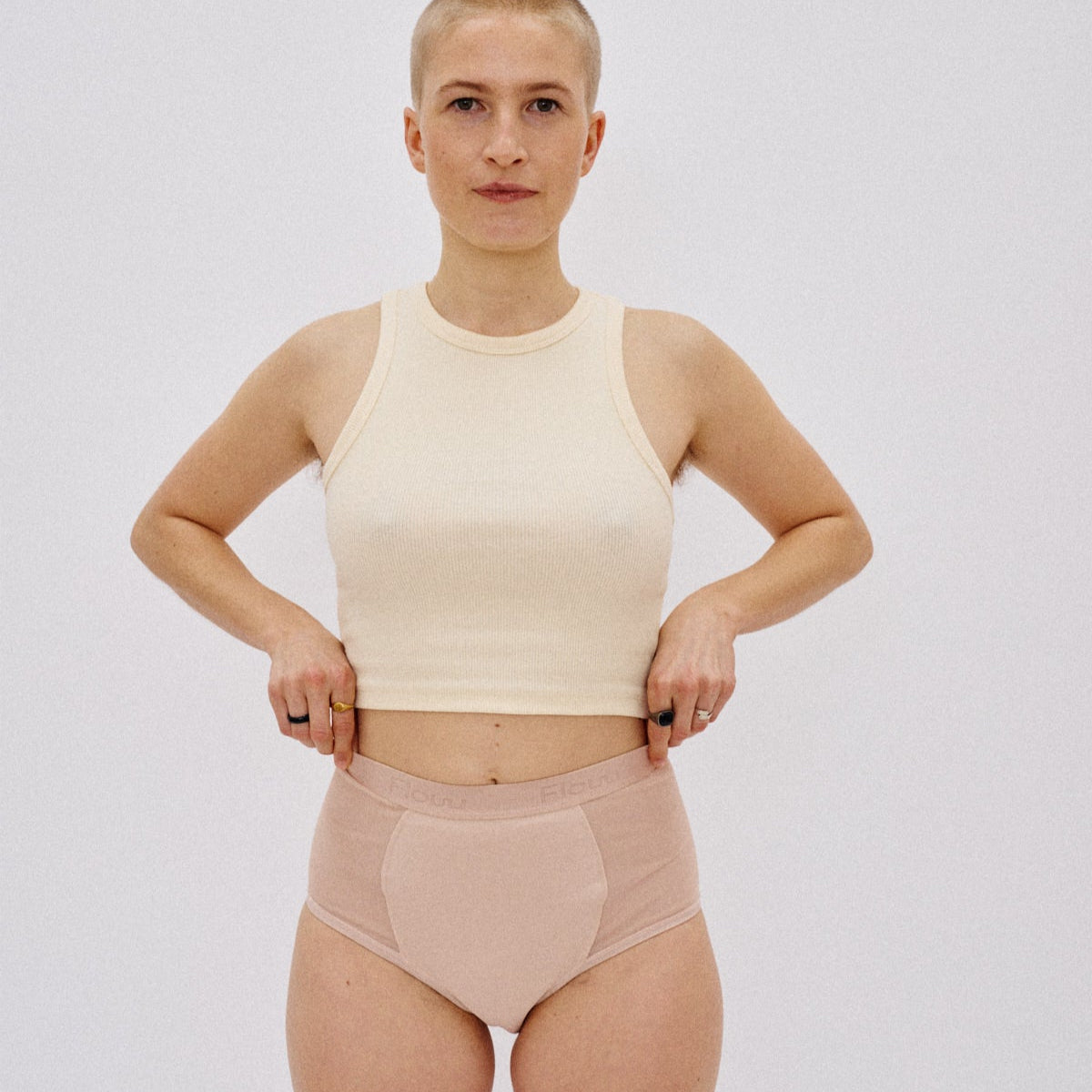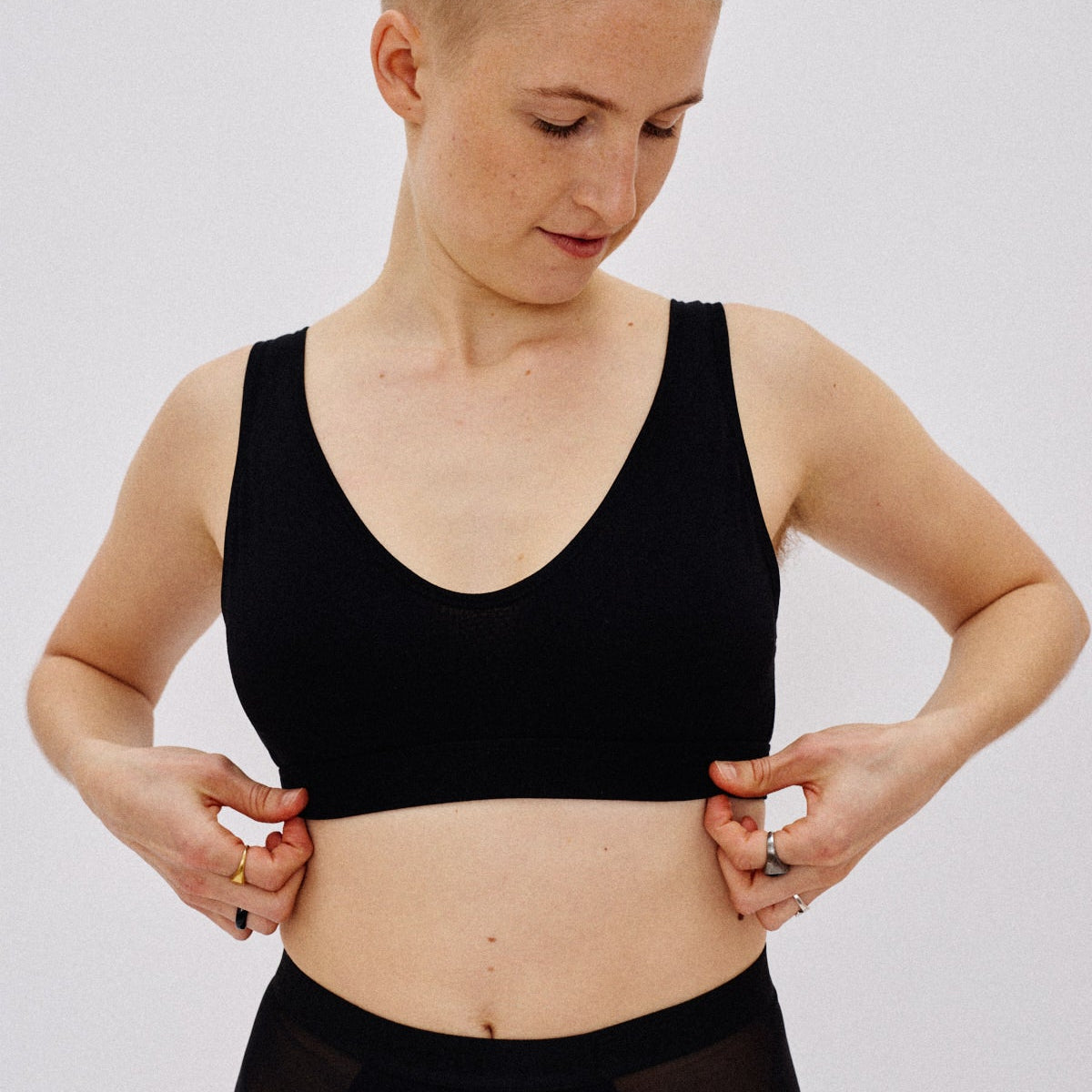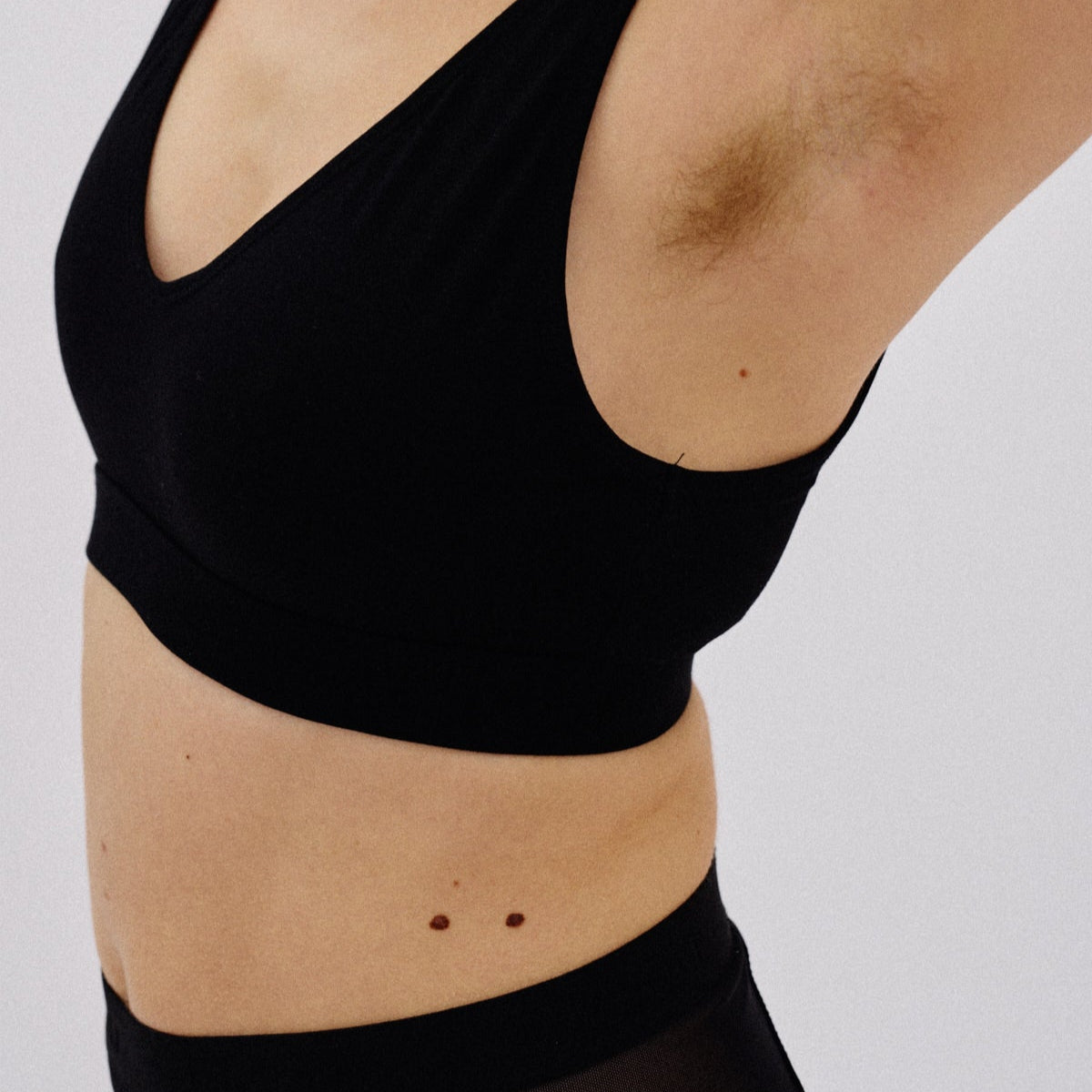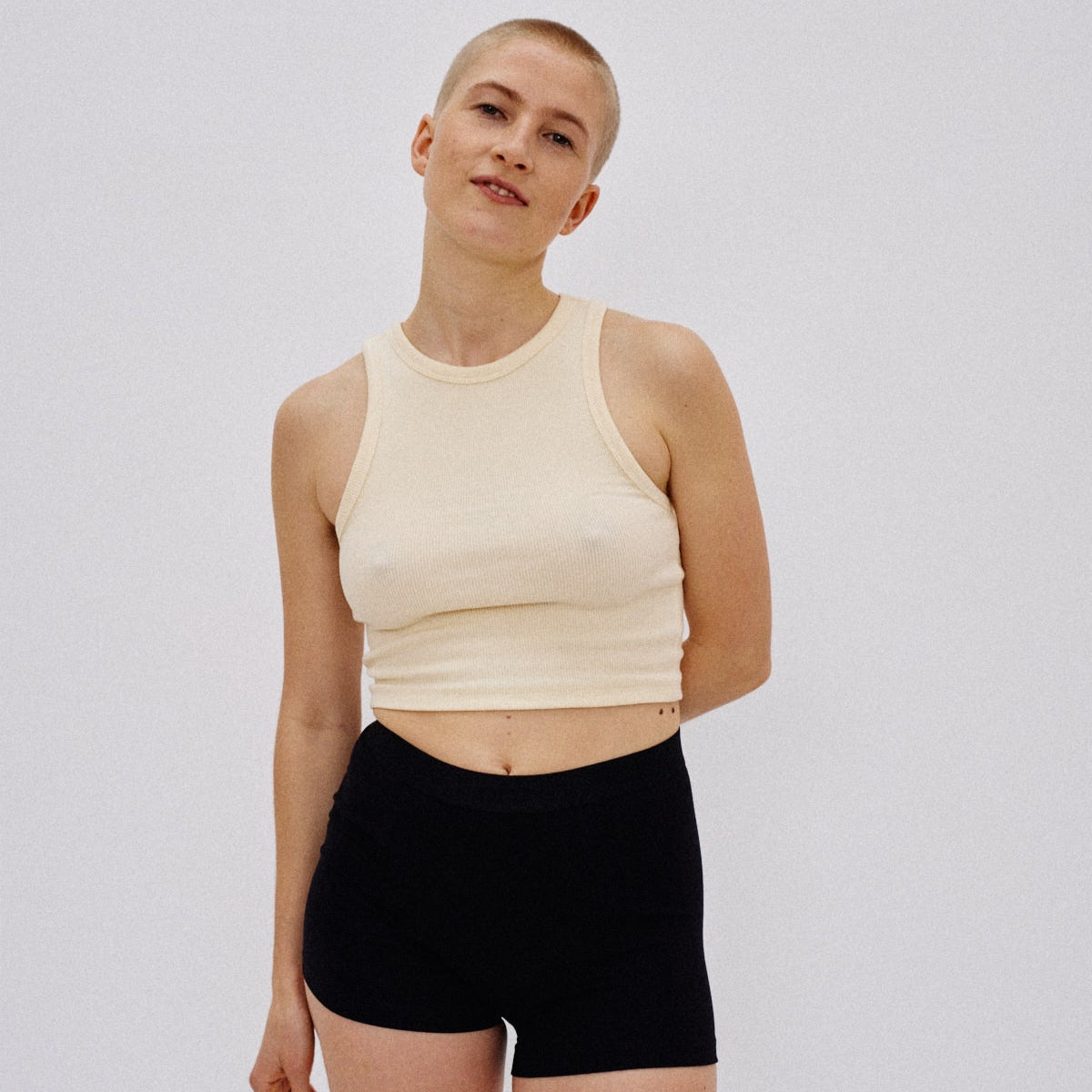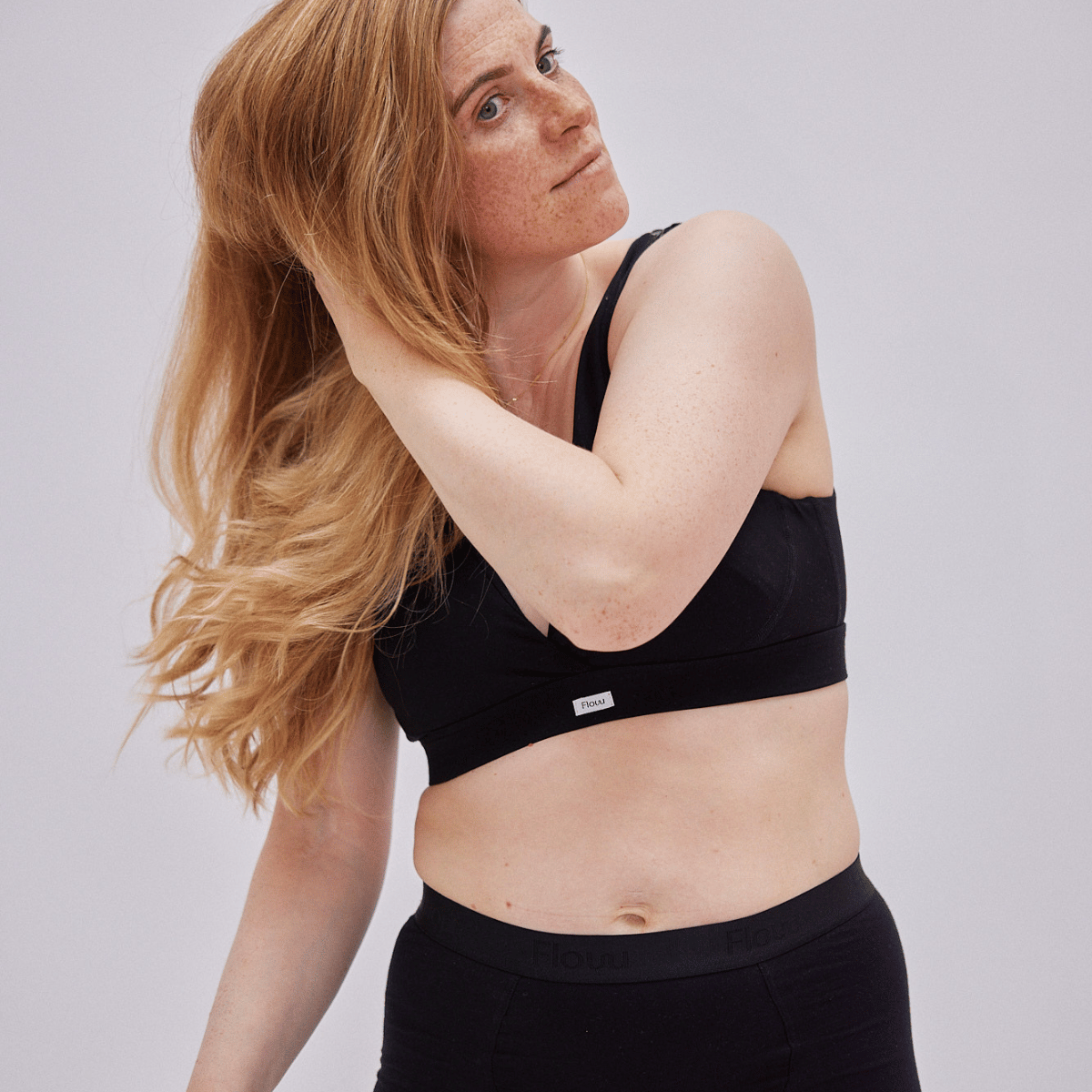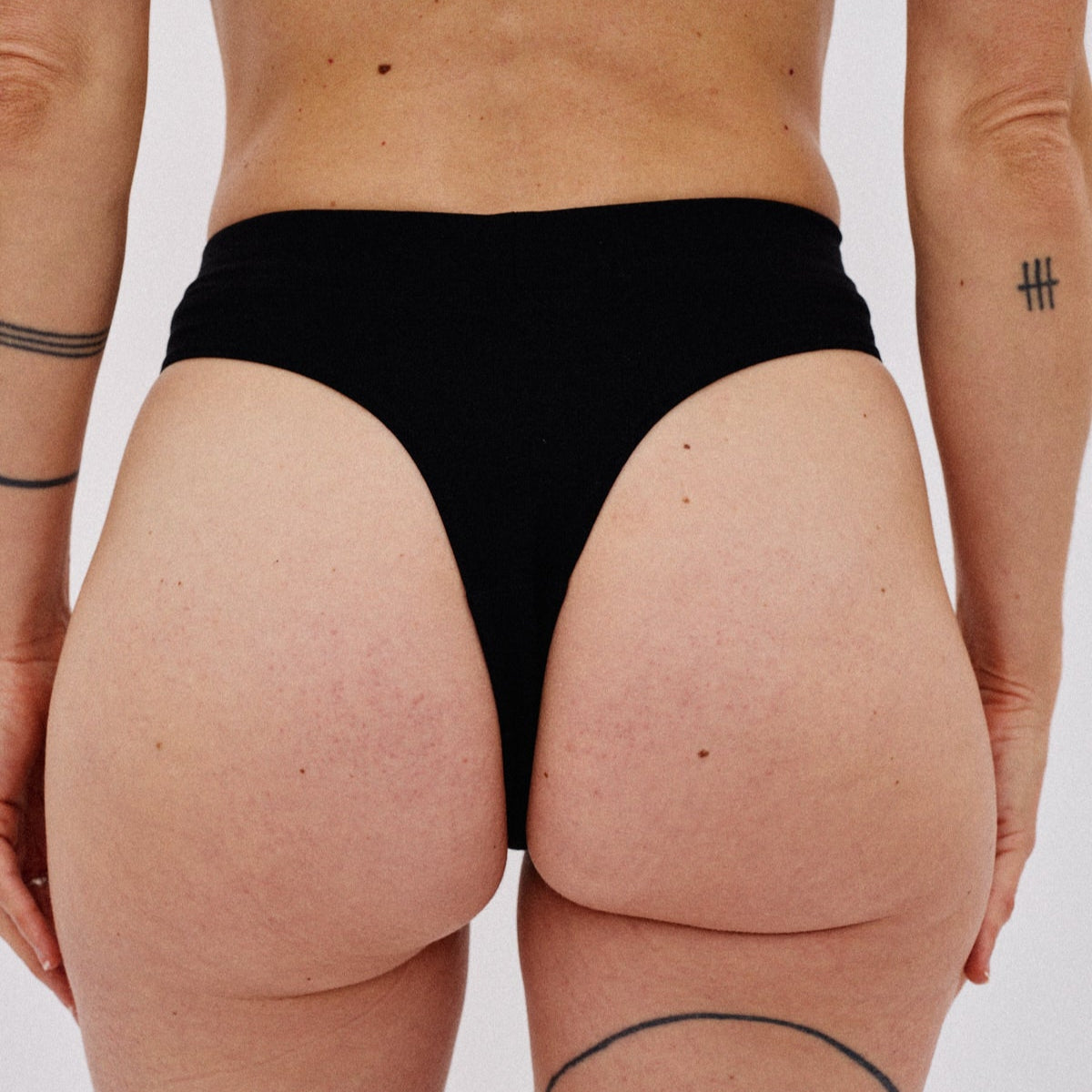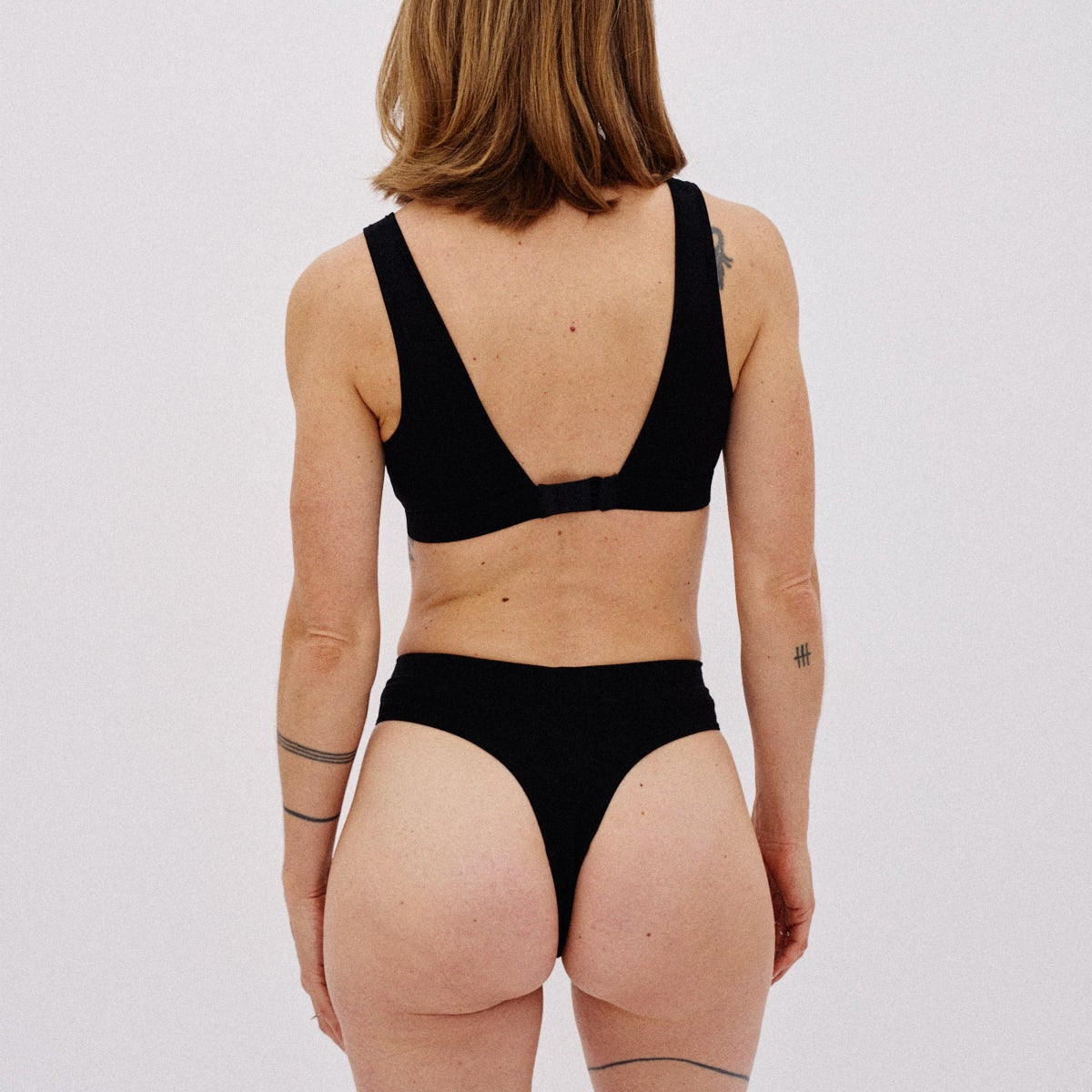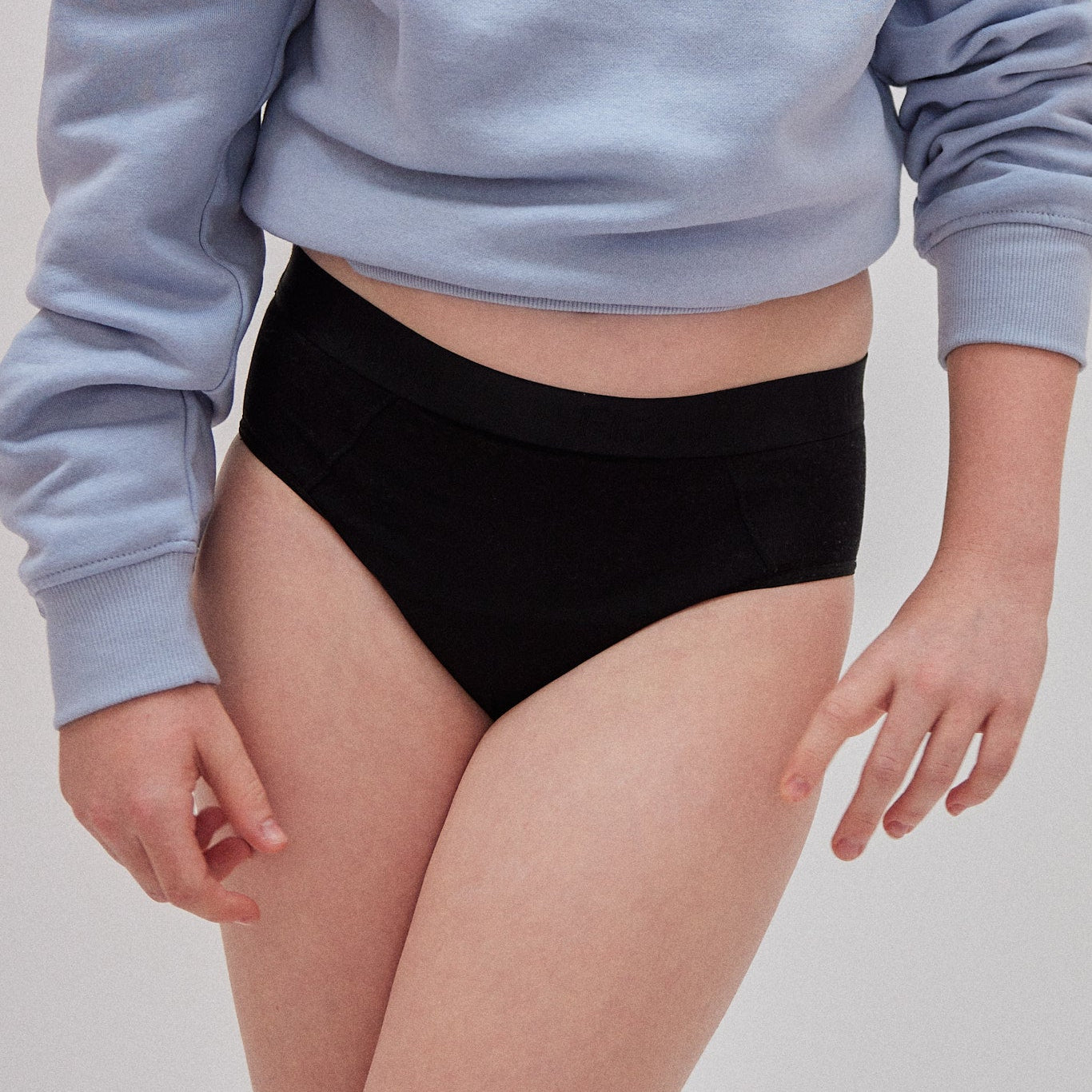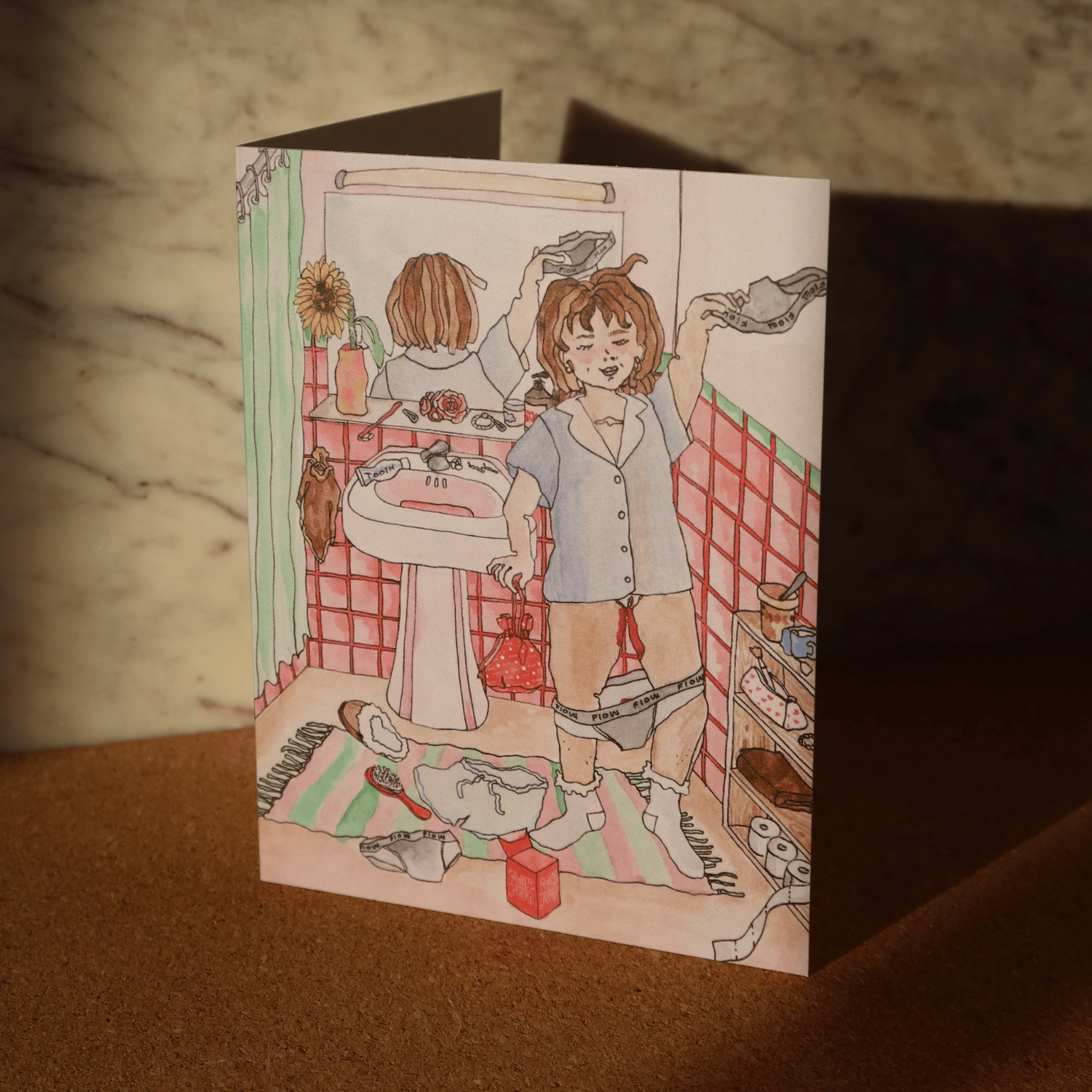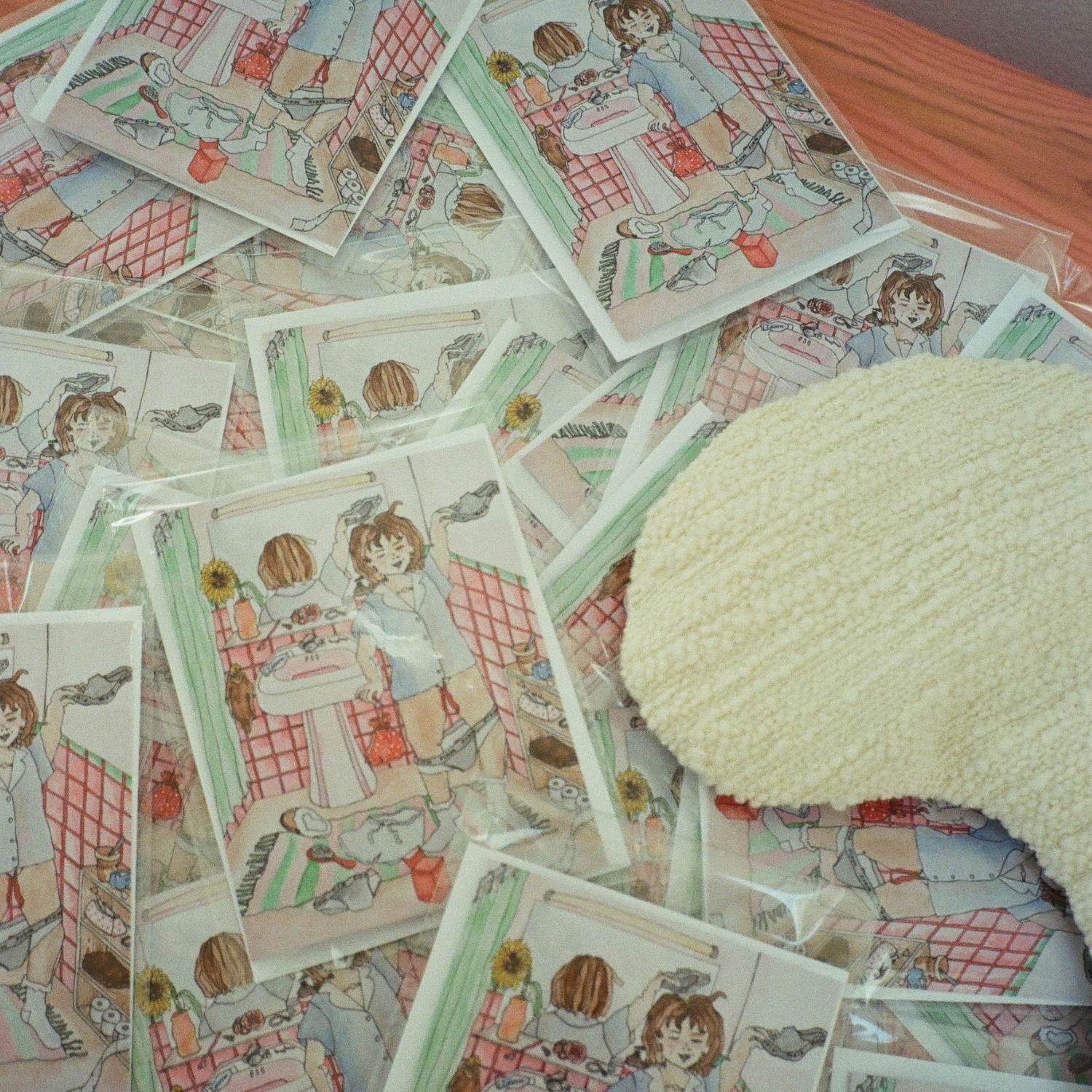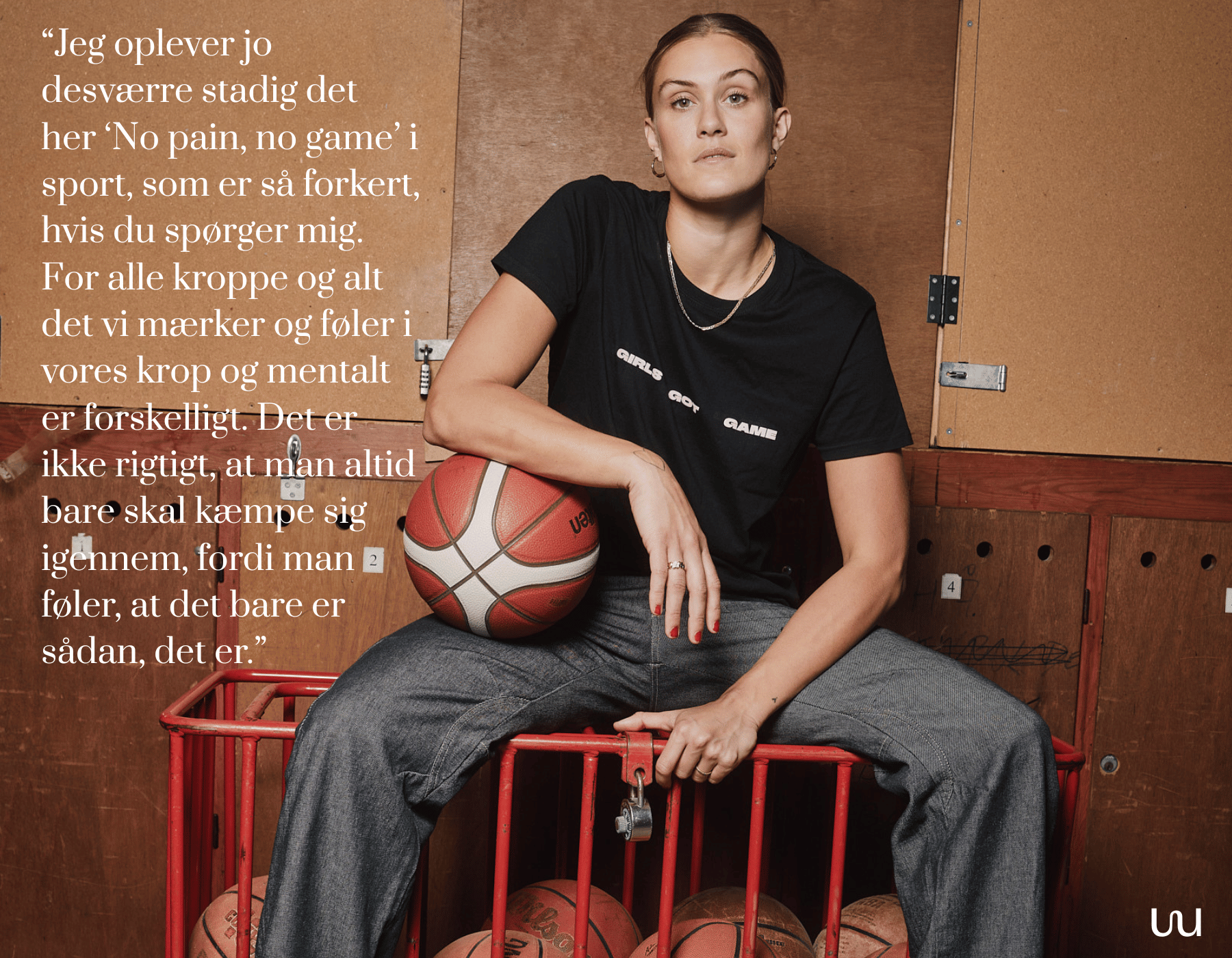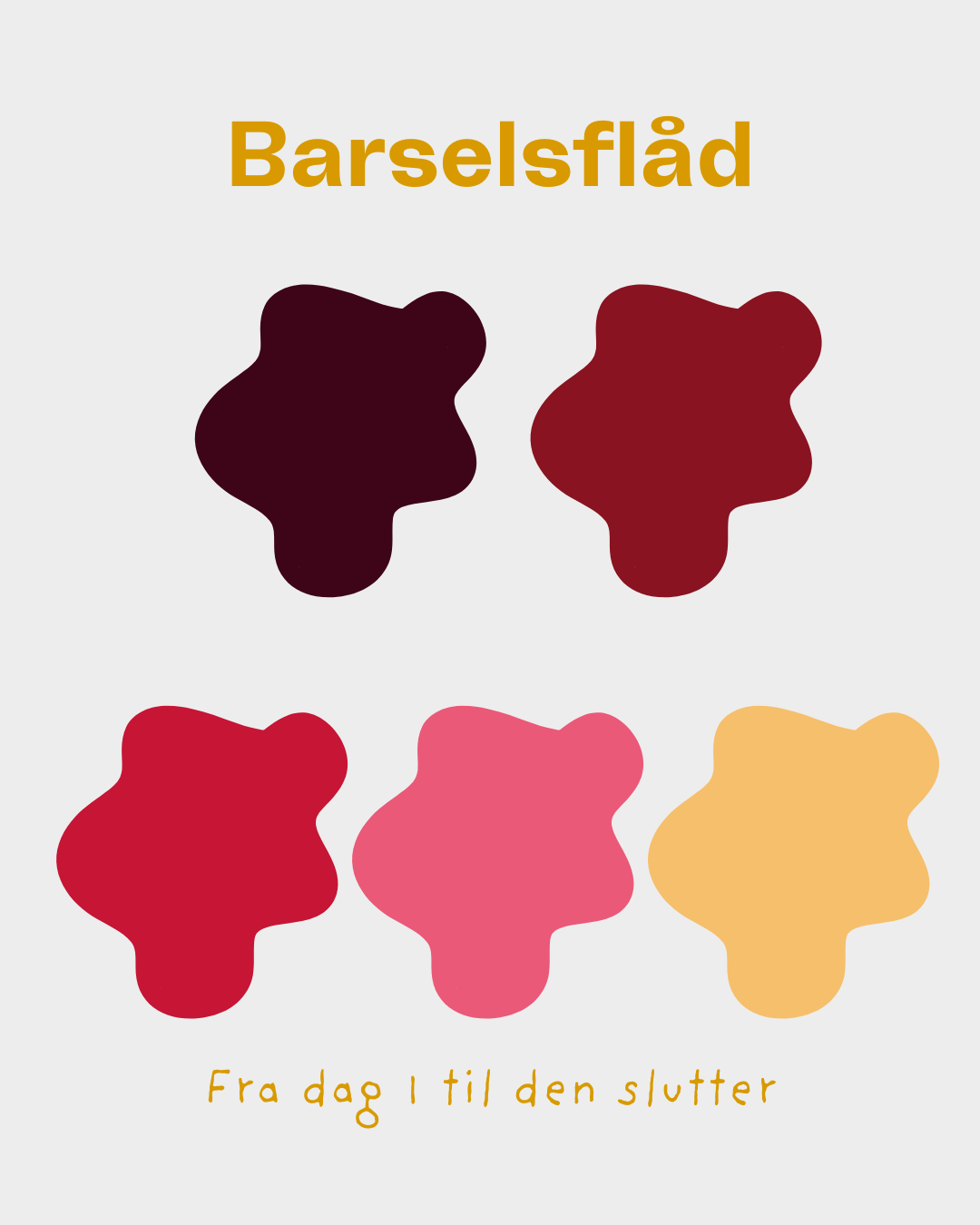Periods and skincare: This is how your cycle affects your skin

Author: Emma Libner
If I ask you to think of an organ, you might first think of the heart, lungs, or brain. But did you know that the skin is the largest organ you have? In fact, you are composed of approximately 16% skin, which performs several important tasks for you and your body every day.
Your skin is both the receptionist that connects your body to the outside world, the guard that determines who gets in, and the plumber that ensures you can expel fluids such as sweat and sebum (oil). Additionally, your skin is like a rescue worker that helps heal wounds and scrapes if you, for example, fall and hurt yourself.
Yes, your skin is pretty amazing. That's why it is important to take good care of it. One way you can do this is by understanding how your menstrual cycle affects your skin. Your hormones not only influence when you have your period but also how your skin behaves!
In this article, we explain how these two things are connected and what you can do to minimize skin breakouts during your menstrual cycle.
PMS Acne and Ovulation Glow: Understanding Your Skin's Changes Through Your Cycle
You might already know the feeling. Your skin feels smooth and lovely one week, only to turn tired and greasy the next. If you also experience that your skin sometimes seems a bit indecisive, you are far from alone. Studies show that up to half of people with a menstrual cycle experience skin changes at some point in their cycle.
The reason for your skin's mood swings lies partly in your hormones, which communicate with the body's cells through so-called receptors. The hormone estrogen, which naturally peaks around ovulation, can, for example, affect the firmness and texture of the skin. This little sex hormone also helps promote the skin's natural ability to retain moisture. This is why the term "ovulation glow" is used to describe the camera-ready appearance of the skin around ovulation.
Conversely, the hormone progesterone, which dominates the second half of your cycle - after ovulation and before menstruation - can make your skin appear less firm and more oily. The same goes for the so-called androgens, a group of sex hormones normally associated with the biologically male gender (including testosterone, which all bodies produce regardless of the gender assigned at birth). When the amount of estrogen decreases after ovulation, the balance between hormones can tip, making the skin go from looking healthy and fresh to appearing more oily and pores more clogged (hello, hormonal acne!).
Track Your Skin's Development Through the Cycle and Adjust Your Skincare Routine Accordingly
In short, your menstrual cycle can be divided into four phases: the menstrual phase, the follicular phase, the ovulation phase, and the luteal phase. Here is a simple overview of each phase so you can adjust your skincare routine and get the most out of your skincare:
Menstrual Phase (Day 1-5): The hormones that control your menstrual cycle are at their lowest. The lower levels of estrogen mean that your skin temporarily finds it harder to retain moisture. Meanwhile, the dip in progesterone and testosterone can result in less natural lubrication for the skin. So, it’s no wonder if you feel a bit dry and cracked at this stage in your cycle – make sure to use a rich moisturizer and drink plenty of water to keep your skin hydrated!
If you tend to have redness, irritation, or eczema, you might also notice that your skin is more prone to flare-ups during your period. This is due to the amount of hormone-like substances called prostaglandins, which you might be more familiar with in the context of menstrual cramps. Prostaglandins can lead to increased inflammation, which can make your skin more sensitive. Therefore, it might be a good idea to hold off on exfoliation and hair removal until the next phase of your cycle.
Follicular Phase (Day 6-14): The red tide has subsided, and you are now on the other side of your period. Estrogen, which stimulates the production of collagen and hyaluronic acid, begins to rise, giving the skin a much-needed moisture boost. As a result, your skin starts to feel even, elastic, and soft again.
To help your skin along, consider using a gentle exfoliation to remove dead skin cells left behind from the dryness of the menstrual phase. Always remember to apply a good moisturizer to prevent drying out after exfoliation.
Ovulation Phase (Day 14-16): Estrogen levels are now at their highest. At the same time, the increase in androgens makes the skin appear more hydrated – or glowy, as some might say.
Due to your skin's increased resilience in this phase of your cycle, the period around ovulation can be a good time to remove hair using laser treatments if that’s your preference. You can also try a product with stronger ingredients if there’s something you’ve been wanting to test for the first time.
Luteal Phase (Day 17-28): Estrogen levels drop while progesterone levels begin to rise. The shift in hormones makes the skin more prone to hormonal pimples and flare-ups in existing acne because the skin secretes more sebum, which can clog pores. Progesterone can also cause fluid retention in the tissue, leading to swelling and a bloated feeling in the face.
Our tip: Make sure to cleanse your skin well to avoid (further) clogging of pores. And remember to keep your skin well-hydrated!
In conclusion, it’s important to emphasize that it’s not only your menstrual cycle that affects how your skin feels. Weather, seasonal changes, and the use of various products can – among many other things – impact your skin. Not to mention your genes, which are what they are.
Remember, everyone is different, so what works for others might not necessarily work for you. In the end, you are the one who knows your skin best. And if you suddenly start experiencing significant changes in your skin that you don’t understand, it’s always a good idea to consult a dermatologist.

